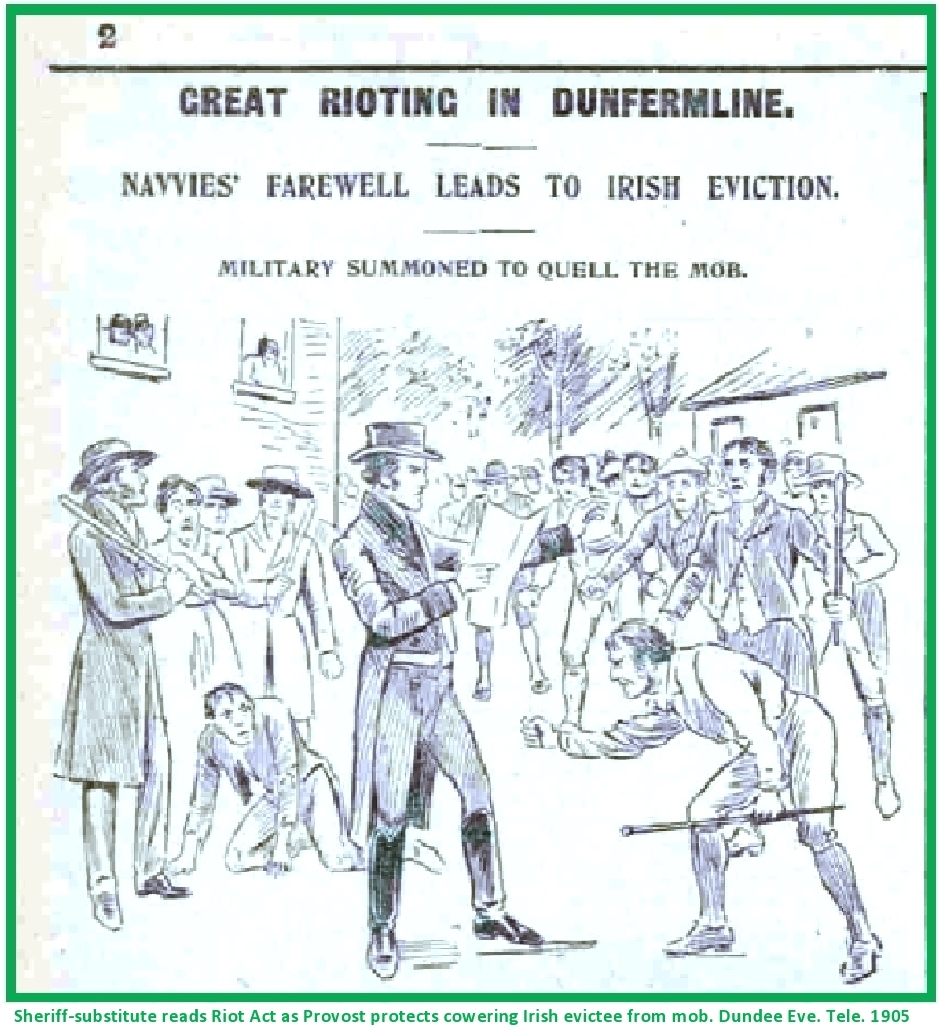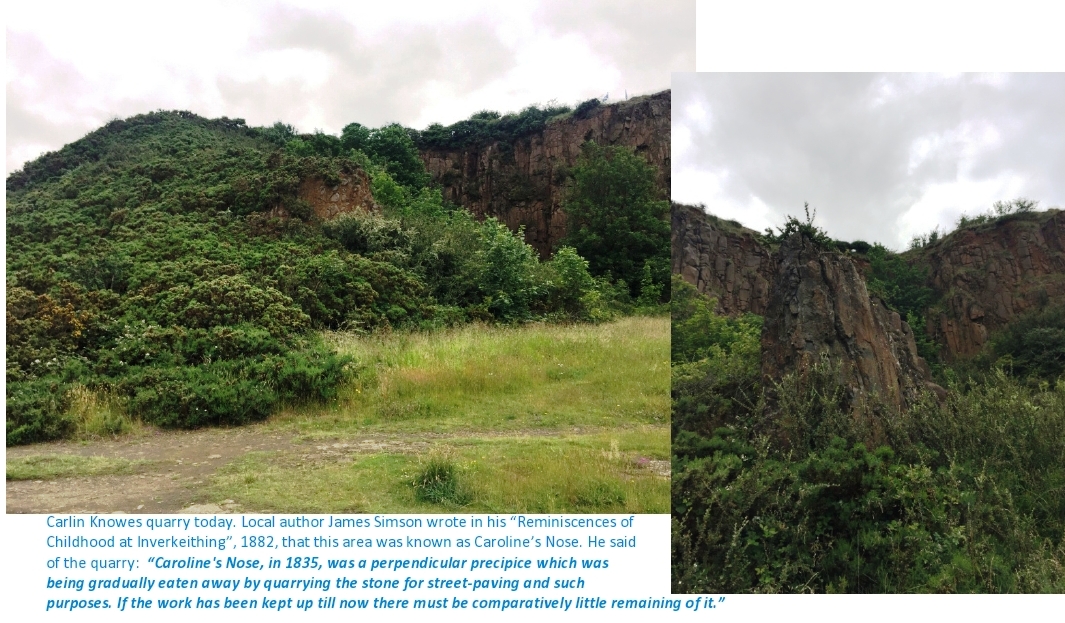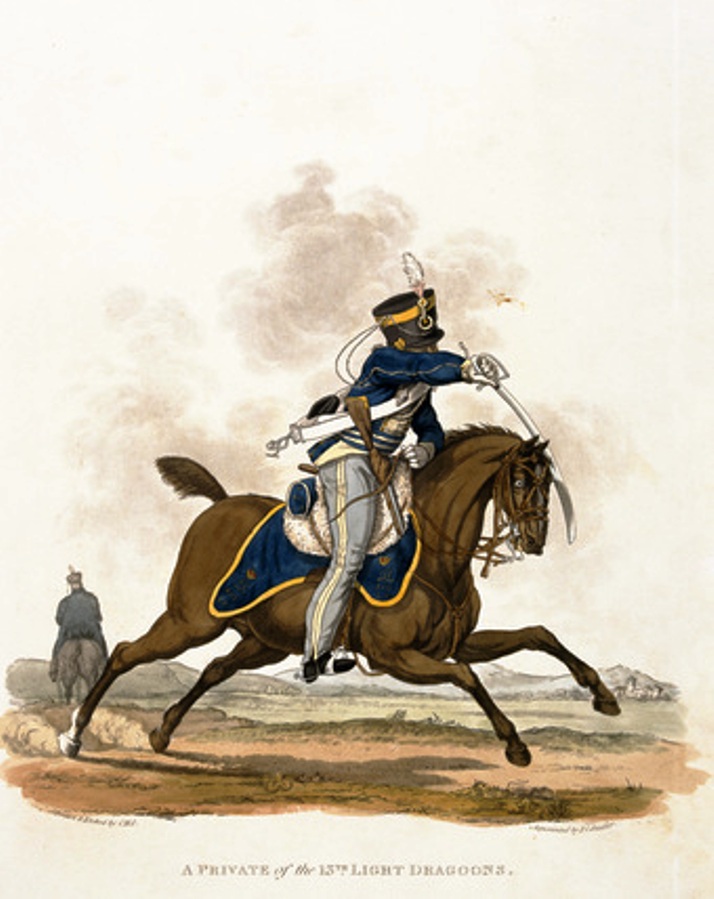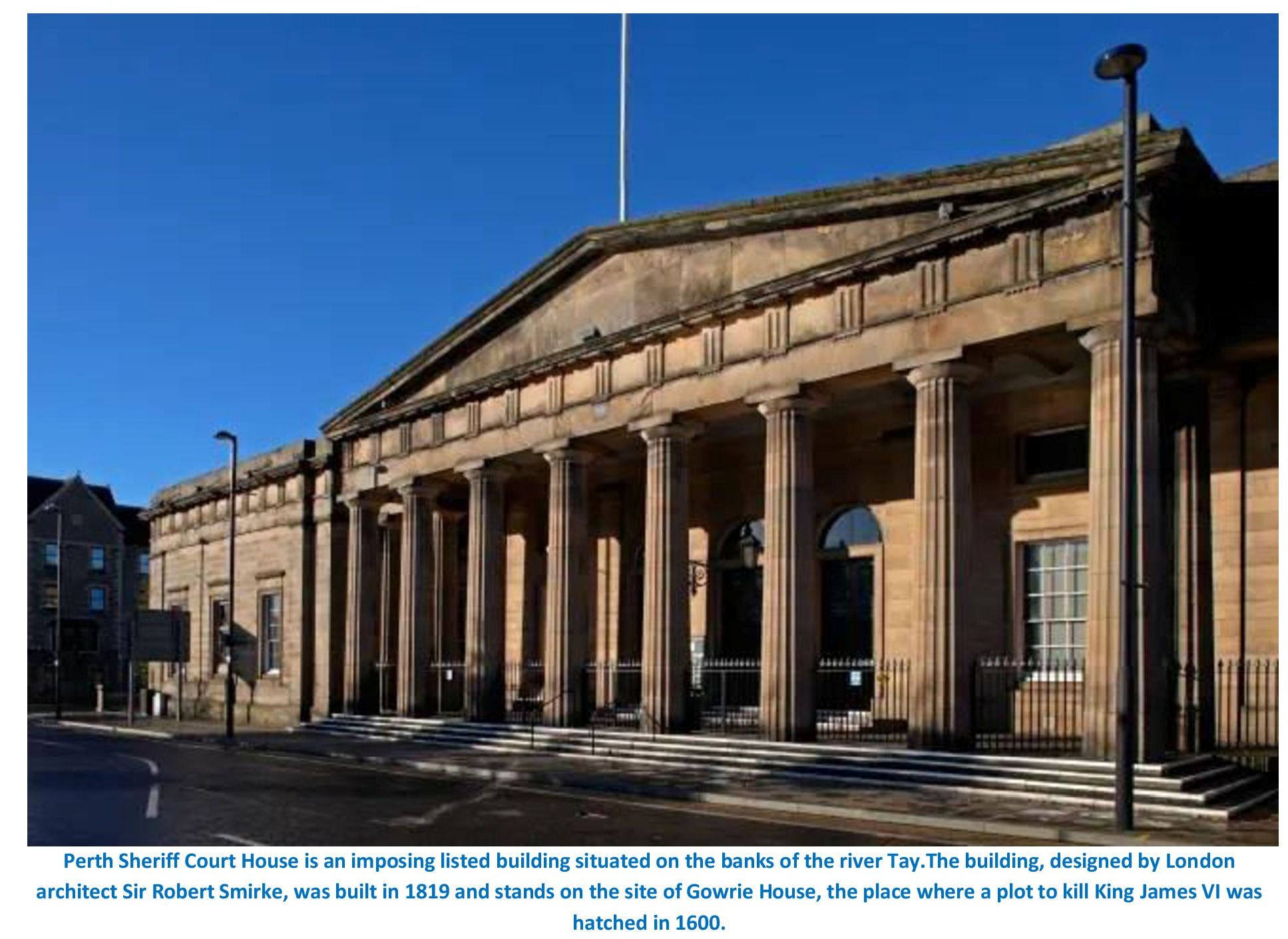Published on: Dec 22, 2021
1850 Irish Navvy Riot or Dunfermline Ethnic Cleansing?
Part One: What the papers said.
Having lived almost all of my life in the Burgh of Dunfermline I was surprised and shocked to read an online article from The “Wild Geese” website by Kieron Punch entitled “Paddy the Navvy”, which told of how a riot in Dunfermline in 1850 had resulted in a mob of between 2 to 3 thousand running all the Irish residents out of the town.
This couldn’t be right I thought, as even though I’m no historian, I’d have known of such a dramatic episode in our local history. I quickly checked, and found little, or nothing much, is recorded on this subject in the historical books and websites that give a history of Dunfermline, or ‘The Auld Grey Toun’ as it’s known.
I contacted Mr. Punch about the astonishingly high mob numbers he gave and he explained that his sources were the newspapers of the day as quoted in a 1972 book, by James E. Handley, entitled “The Navvy in Scotland”
I bought Handley’s book, then read the journals of the time that he referred to, so as to see for myself what they recorded. I have summarised these accounts below, in this, the first part of a weekly six-part blog series:
At the time of this event, many hand-loom weavers were unable to find work and had to sell their looms, like Andrew Carnegie’s father, who two years earlier had only received a pittance for selling his hand-loom. This meant his wife Margaret had to borrow £20 from a friend to pay for the family’s fare to America, economic migrants before that term was coined, heading west.
But in Dunfermline there were other migrants who journeyed east, from Ireland, to escape hardships there, hardships that made those endured by the citizens of Dunfermline trifling by comparison. And, on Saturday the 22nd of June 1850, it was these temporary Irish migrants, the navvies, who since 1846 had been working on the Stirling Dunfermline railway line, who, after finishing their last shift, were blamed for the riot that followed.
Reports in local and national newspapers carried dramatic headlines such as the Glasgow Herald which proclaimed: “DISGRACEFUL OUTRAGES AT DUNFERMLINE”. This article described in pejorative terms how Irish navvies had celebrated on the Saturday night after the end-of-contract pay-off spree, in “Donnybrook Fair” style, then, shortly after the pubs closed at 11 pm, flourishing their shillelaghs and other weapons of war, they carried out a pre-planned and unprovoked attack on the local population.
Whether or not it was planned isn’t clear, but the affray resulted in two Scotsmen being badly beaten, one of them, David Anderson, a weaver from Dysart, to such an extent, it was reported, that he might die from his injuries.
Then the reports told of how the murderous Irish navvies who carried out the cowardly attacks had fled when they heard that the police were coming. Later, the police, with the help of a band of locals who knew where the navvies lived, seized 13 of them and put them into the Dunfermline Jail.
The next day, Sunday (a day when Presbyterian Scots only ventured out for the Sabbath worship or essential visits) passed off largely peacefully, but on the Monday morning a large gathering of local weavers at the top of Bruce Street (the scene of the Irish navvies’ fight), either hatched a plan, or put a previously devised one into effect, namely, the immediate and systematic forced eviction of all Irish residents of Dunfermline.
Dunfermline’s law officer, the Sheriff-Substitute, by the name of Charles Shirreff and the Provost, William Kinnis, got wind of the mob’s intent and addressed them, warning them of the illegality of their purpose, but to no avail. The mob was intent on carrying out their plan and while the sheriff-substitute and Bailies Ireland and Johnston went about the business of swearing in a posse of special constables large enough to deal with the situation, the assembled mob swiftly put their plan into action.
 The graphic is taken from a look-back article in Dundee Evening Telegraph 1905
The graphic is taken from a look-back article in Dundee Evening Telegraph 1905
The evictions seem to have been carried out by three separate groups. The first began with the eviction of weavers and labourers in the town during the morning, the second group targeted quarrymen and foundry workers in the west of the town from noon till two that afternoon. Then, while these evicted Irish were being driven south, a third mob, composed largely of miners, reinforced by 300 weavers, targeted Irish miners at Townhill Colliery, a mile to the north of the town.
Leaving aside the Townhill Colliery riot for now, what happened in the forenoon was truly astonishing, in that a crowd of between two and three thousand assembled and broke into houses, factories and other places of work, forcefully compelling all Irishmen (or as one newspapers reported the ‘obnoxious’ ones) they identified, to form in a group at the centre of the mob. This took place while Provost Kinnis, Bailies Ireland and Johnston together with the 60 hastily sworn-in constables looked on, powerless to tackle the overwhelming numbers of the mob.
Then the 50 or so Irishmen of various occupations that were rounded up (not just the navvies who were the cause of the mobs ire), along with their families, were force-marched 10 kilometres south and outside of the Dunfermline Burgh boundary, beyond which the Dunfermline Provost’s writ did not extend, to the nearest exit from the county, North Queensferry, on the shore of the River Forth.
Most newspaper reports condemned the house evictions, but portrayed them as a semi-civilised affair, whereby only men were targeted and women and children were spared. In what was a major operation, only three examples of ill treatment by the mob in the town were specifically cited, these being; an Irish agricultural worker, hoeing potatoes being beaten and thrown over a wall, another who barricaded his house and tried to defend himself with an axe when the mob broke in, only to have the weapon deflected onto his head, and the mob cutting the throat of a dog that defended its Irish master’s home.
Likewise little coverage is given to mistreatment of the Irishmen by the mob on the forced-march. Only one incident was reported, that of three evictees who made a run for freedom across open country, were caught, beaten, and returned to the herd.
At North Queensferry the mob, which had by then dwindled to several hundred, were stopped from driving their human herd any further by the Dunfermline Sheriff-Substitute, Mr. Shirreff, assisted by Mr. McDonald, the Area Procurator Fiscal (they had taken a coach and horses by another route to overtake the mob) and enlisted the help of Inverkeithing’s Provost Spittal, who had deputised a posse consisting of local Queensferry quarrymen to act as special constables.
 The Sheriff-Substitute faced down the mob and read them the riot act warning them that troops from Edinburgh were on their way. Then the Inverkeithing posse diverted the evictees into the local Carlin Knowes quarry, preventing them from being shipped across the river to the Midlothian county shore. The mob soon dispersed and returned to Dunfermline.
The Sheriff-Substitute faced down the mob and read them the riot act warning them that troops from Edinburgh were on their way. Then the Inverkeithing posse diverted the evictees into the local Carlin Knowes quarry, preventing them from being shipped across the river to the Midlothian county shore. The mob soon dispersed and returned to Dunfermline.
Later that evening, when a troop of cavalrymen of the 13th Light Dragoons from Jock’s Lodge barracks, Edinburgh, arrived, they escorted those Irish evictees corralled in the quarry back to the Town House in Dunfermline, where they slept that night on the cold flags of the jail, too fearful to return to their  ransacked houses.
ransacked houses.
Some 6 or 7 of the Irish families decided they had had enough of Dunfermline and stayed at North Queensferry to catch the ferry to South Queensferry.
While all this had taken place to the south of the town another mob of mostly miners, reinforced by 300 weavers had carried out similar evictions of ‘obnoxious’ Irish residents at the Townhill Colliery village on the northern edge of Dunfermline.
The Townill mob, emulating their morning peers, evicted most of the Irish residents in the village before advancing on the colliery that afternoon, where they were only prevented from evicting 60 or so Irish miners working there by the colliery manager, William Mungall, who, armed with two loaded pistols, warned the leaders of the mob that if they tried to force his Irish labourers out they would have their heads blown off.
Mungall’s drastic action and the imminent arrival of a troop of dragoons, heralded by the distant thunder of their horses hoofs, caused the mob to scatter and disperse, putting paid to any further evictions at Townhill Colliery, or the neighbouring collieries at Halket’s Faulds (Wellwood) and Halbeath.
As with the reporting of the Irish navvies acts on the Saturday night, the press reports of the riots and evictions by the local population were scathing, but expressed in terms that suggested that while the behaviour of the mob was awful, it wasn’t altogether mindless, but rather was a continuation of previous trouble between the Scotch and Irish miners and an understandable reaction to the injuries meted out by the Irish navvies during their atrocious actions on the previous Saturday. Other than the few instances above, no details were given of the injuries of the numerous Irish evictees.
In fairness to the press, they also reported the fact that some native weavers had intervened to stop their Irish, Dunfermline-resident colleagues, from being expelled.
The press explained the hostility of many natives towards the Irish as being caused mainly by the low level of wages that Irish migrants were prepared to work for compared to the native Scots, giving rise to a situation whereby Irish weavers/miners might be employed and Scots unemployed. It was said that this had caused some recent trouble, and was exacerbated by the navvy fight in which David Anderson was badly injured.
Transcripts and copies of contemporaneous newspaper reports of assaults, riots & evictions: Caledonian Mercury, The Scotsman & Glasgow Herald
Later that week a brief press report told of how calm had been restored in Dunfermline due to the presence of a troop of cavalry, which had now departed and how the wheels of justice were in motion to punish the miscreants, with suspects being detained.
David Anderson, the man most seriously injured in the Saturday affray, was reported to be making a recovery and ready to testify of his experiences.
Contemporaneous newspaper report of the aftermath: Perthshire Advertiser
The next press reports came when those arrested and charged were tried at the Perth Autumn Assizes in September that year.
 The trial of 2 Irish navvies accused of assault took place on September 24th while the 12 native Dunfermline men accused of mobbing and rioting was heard the following day. The trials, before Lords Ivory and Mackenzie, began with an “eloquent and impressive prayer” by a Presbyterian minister and were very briefly reported, as was the sentencing, which was delayed for a day once the court found all 14 guilty.
The trial of 2 Irish navvies accused of assault took place on September 24th while the 12 native Dunfermline men accused of mobbing and rioting was heard the following day. The trials, before Lords Ivory and Mackenzie, began with an “eloquent and impressive prayer” by a Presbyterian minister and were very briefly reported, as was the sentencing, which was delayed for a day once the court found all 14 guilty.
In the newspaper reports of the trial there was a marked difference in the description of the Irish as opposed to the native Scots. The 2 Irishmen were said to be rioters and the newspapers found it necessary in the case of Peter Cooney to “show the brutality of an Irish mob” by repeating as fact, some allegations made by David Anderson, the victim of an assault and key prosecution witness, without reporting any of the evidence of the accused, Cooney.
By contrast the 12 natives of Dunfermline were represented by a counsel, Mr. Logan, who according to press reports: “ably stated the nature of the general case. The concerted rising of the Irish navies, and their consequent atrocities, in the first place, and then the rising of the inhabitants, and the forcible expulsion of the Irish, showed that the whole had been done under great provocation.”
Contemporaneous newspaper report of the trial: Perthshire Advertiser
The jury found the 2 Irish navvies guilty of the charges as indicted and the judges, Lords Ivory & Mackenzie sentenced Cooney to be transported beyond the seas for 7 years, and Wynn to 12 months imprisonment.
The 12 natives of Dunfermline had pled guilty to mobbing and rioting Declarations of Black, et al, which was only a part of a much larger indictment, and by doing so, had further charges dropped, obviating the need for a jury’s deliberation. Some were sentenced to 15 months imprisonment (Townhill mob) and others (Dunfermline to Queensferry mobs), to 18 months imprisonment.
Contemporaneous newspaper report of the delayed sentencing: Perthshire Constitutional
Summary
In simple terms the newssheets in 1850 give the impression that the good guys were the native inhabitants of Scotland’s ancient capital, who, under extreme provocation from the pre-planned violent acts of the Irish navvies, had spontaneously rioted, and the bad guys were the incomers, the mostly Irish labourers or navvies.
I’m not someone who takes what the papers say as being gospel, and as someone who for many years drank every Saturday night in Bruce Street pubs, the suggestion that drunk navvies were cunning enough to create a mock fight to lure in peaceful citizens out taking the air at about midnight didn’t ring true to me. So I thought I should investigate this event further….
Continued in Part Two: “Things weren’t quite like what the papers said.” Don’t miss it!


